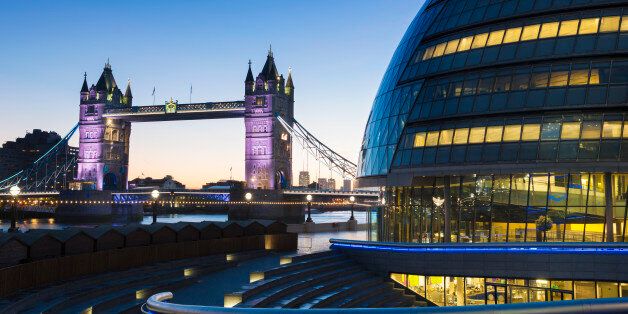
London's toxic air is nothing short of a public health emergency, and one that is responsible for the premature deaths of over 9,000 Londoners every year.
We see new research about the health effects of pollution almost daily. Only this week I've read a new Canadian study that links living near a busy road to a heightened risk of developing dementia. And today we've had confirmation that a monitoring station in Brixton Road has reported that the annual legal safe levels of nitrogen dioxide were exceeded within the first five days of the year.
Sadly this is no surprise to us at City Hall, and it is why our mayor, Sadiq Khan, has had to take urgent and hard-hitting measures to help halt the rise of London's filthy air pollution.
His immediate plans include a new 'Toxicity Charge' in the Congestion Charging Zone later in 2017 and introducing the world's first Ultra Low Emission Zone, which may be delivered as early as 2019 and cover an area over 18 times larger than was originally planned. This should effectively rid our streets of the oldest most polluting vehicles.
Tackling pollution from transport, especially buses, is crucial and today the Mayor announced ten additional Low Emission Bus Zones. They will help tackle some of our most polluted hotspots as part of a broader plan to transform our bus fleet. We've prioritised two of the new zones to run through the pollution hot spots of Brixton Road and Putney High Street, so that only the greenest buses are used on these routes.
Sadiq is also the first Mayor of London to use electronic bus, roadside and London Underground signs to warn Londoners about the very worst pollution days. We want to ensure that the most vulnerable Londoners such as those with breathing issues, the very young and very old can make informed decisions to protect themselves as much as possible.
To make these ambitious initiatives a reality the Mayor has allocated more than £875million to help tackle this invisible killer - more than double the funding allocated by his predecessor. But while these measures are a big step forward in tackling the devastating problem of air pollution, we can't solve the problem alone. The Government needs to match the Mayor's commitment to improving air quality as quickly as possible. Their efforts so far have been inept and last month the High Court ruled that the Government's air quality plan was so inadequate it was actually illegal.
The Mayor is lobbying the Government to face up to their responsibilities and to play their part in removing 'dirty' diesel vehicles. These vehicles are the main source of emissions, but many motorists bought these in good faith as at the time they were wrongly informed that diesel was the greener choice. The Government needs to address this by introducing a national diesel scrappage scheme, reforming fiscal incentives like Vehicle Excise Duty and giving the Mayor more power to tackle construction, building and river emissions through a new 21st Century Clean Air Act. This should be an Act that can deliver real change in the war against toxic air, that equips the Mayor with the required powers to help London become a zero-emission city, so that we can address the scourge of air pollution once and for all.
Shirley Rodrigues is the Deputy Mayor for Environment and Energy